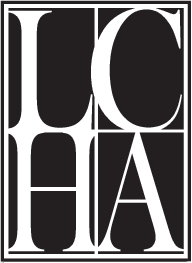Screw Type Candlestand: An Example of Yankee Ingenuity
Made of maple and birch, this candlestand consists of a long shank inserted into a round base supported by three legs.

Spiral grooving in the upper section of the shank permit two critically important components to rotate up and down the upper length of the shank. The first functions as a round table top and the second above it is a shaped bar with rounded ends that support two wrought iron candle holders nailed into place directly opposite each other.
From our vantage point in the 21st century it is almost unfathomable to imagine living at a time before electricity, gas lighting or even oil lamps. During the 18th century and earlier, particularly in rural settlements one’s waking hours were largely determined by the course of the sun—long days in Summer and very short days in the dead of Winter. The generation of useful interior light sources was an arduous and time-consuming procedure focusing on the production of candles (see our earlier object of the week on candle production). Most candles were used in candlesticks either stationary (as on a table or desk) or portable as in a candle holder with a handle.
Our candlestand ups the ante in several respects. Resting on three legs makes it extremely stable yet portable. Its immediate proximity to a seated person is enhanced by its adjustable elements not the least of which is having a double light source.

Note that the shallow table top is of such a compact diameter that it will not block any of the precious light and yet sufficiently scaled to support objects such as a small beverage container or possibly writing implements.
Our candlestand dates from roughly the mid 18th century and was probably made in northern New England given the choice of woods it is crafted from.
George Keyes, LCHA Collections Committee

 Newsletter
Newsletter Join LCHA
Join LCHA Donate Now
Donate Now